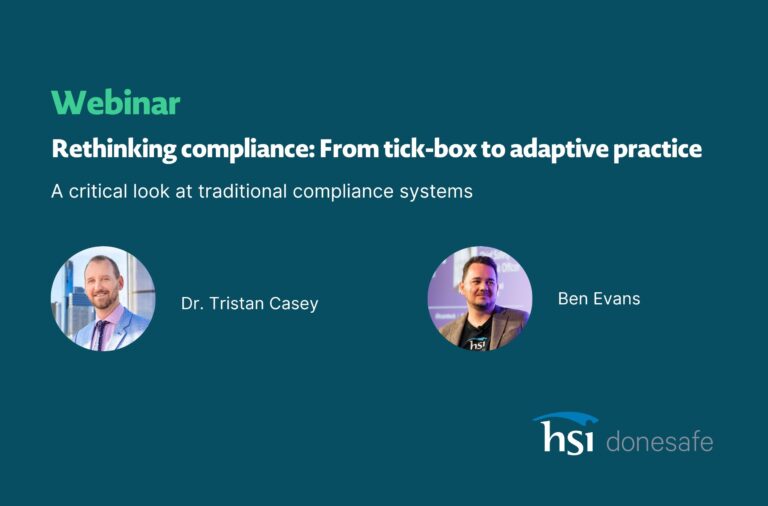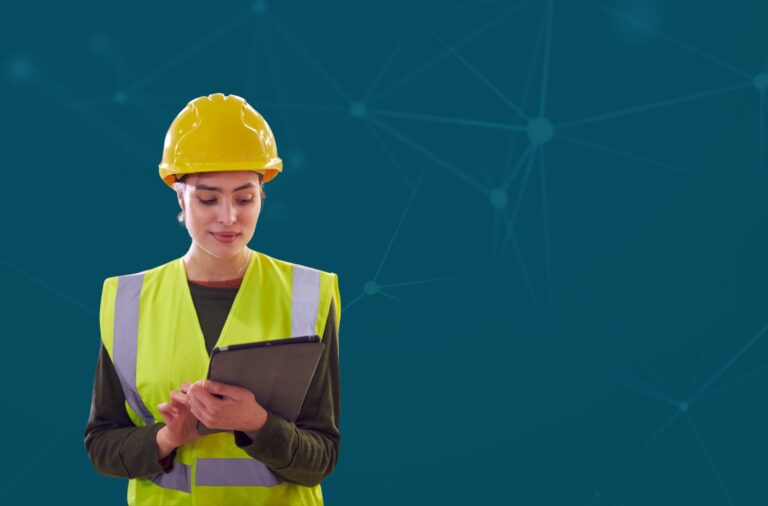
Organize, Report and Analyze Data
What’s hot? Organizations are constantly seeking ways to a greener future. Some changes are super
creative, others are small and sensible. Each change, regardless of its size, creates a vision of care
and lifts brand representation.
There are a variety of good reasons to monitor energy consumption such as waste, water, and air,
but there are also other components to factor in, such as emergency planning, chemical registers,
and risk management, to name just a few. It often boils down to the following: cost savings and
environmental sustainability. The actionable steps to implement environmental reporting can be a
daunting task. An environmental management system (EMS) can help improve sustainability,
conserve resources, and reduce an organization’s carbon footprint. However, many organizations
often struggle to report, organize and analyze such a large amount of data. Fortunately, managing
sustainability and resource usage can be greatly simplified thanks to environmental management
software.
Environmental software leverages technology to overcome one of the biggest challenges of EMS
implementation: the challenge of managing large quantities of data from a variety of sources. An
environmental management system is an indispensable part of providing the ability to monitor,
manage, and report metrics on resource and financial expenditures. The best EMS software
platforms streamline the collection of diverse data inputs while providing robust analytical features
and opportunities for engagement, follow-ups, and goal-tracking. This helps the organization
monitor progress towards sustainability goals, and identify opportunities for improvement.
The three main components of EMS are reporting, monitoring, and engagement. Broadly speaking,
reporting refers to collecting data and setting environmental goal savings. Monitoring includes data
analysis and tracking progress towards those goals. Finally, engagement entails the output of
relevant information in order to initiate a response or alter behavior
The Decision Making
Is this software right for my business?
One of the most important parts of implementing an EMS protocol is choosing the right software
platform from an abundance of options. When researching a catalogue of possible providers, keep in
mind that EMS software platforms offer a range of functionalities and features. It’s important to find
a provider whose technology aligns with the reporting needs of the business, ensuring that the
software is appropriate for the business size, industry type, and specific sustainability goals. Therefore, making this important choice requires a combined understanding of how the platform
works, and how it will address the sustainability needs of the business.
For those interested in the broader steps to implementing an EMS protocol, the U.S. Environmental
Protection Agency has put together a general step-by-step guide to the process.
In this article, we will focus mainly on making the decision to implement a software solution for
environmental safety management. Read on for some of the most important questions to raise and
research when choosing an EMS software provider.
What kinds of data does the software track?
An EMS works by collecting information from a variety of sources and plugging this data back into
the system. Therefore, it is crucial that the technology is capable of tracking the most relevant
metrics that go into sustainability calculations. In order to define what kind of data needs to be
monitored, look at the data the organization is already tracking and whether it is providing a
sufficiently clear idea of energy expenditure. The actual software program can be configured to
accept a variety of different inputs, from instant smart-meter readings or sensors to manual-input
variables. It is vital to ensure that the software is able to track the types of metrics that the
organization values most.
Many EMS technologies come with a baseline set of features with the potential to add on more
features to suit specific client needs. Broadly speaking, the choice of software often comes down to
the scope of features it provides. If you are looking for a top-to-bottom sustainability solution, you
will likely be disappointed with a provider who specializes in tracking one type of metric, such as
energy consumption only.
What kinds of analytical features does the software provide?
The monitoring and engagement functions of the EMS rely on analyzing the reported data. EMS
software collects a wide range of data, so it is crucial to define and prioritize the data that will be
most useful and relevant to the company. The monitoring function analyses the collected data
relative to a series of key performance indicators (KPIs).
This comparison yields data that can help evaluate the success of environmental tracking and saving
initiatives, flagging processes or equipment that are using excessive amounts of energy. Beyond
that, a software’s monitoring function can also help identify problems with equipment: whether it is
operating less than optimally, in need of repair, or failing. This can help prevent critical issues and
reduce operating expenses. The monitoring function can often be customized to account for
variations in performance due to external factors. For instance, seasonal fluctuations can affect a
variable such as equipment temperature, so that the range of acceptable readings may vary
depending on whether it is a hot or cold day.
All in all, the best EMS software choice will report on the desired metrics and objectives, reduce
operating costs, flag problems, and account for potential externalities.
What level of engagement does the software enable?
An overlooked but critical aspect of selecting EMS software is the compatibility of the technology
with the workplace, teams, and employees that will be using it every single day. Regardless of how
advanced the technology is, it cannot reach its full potential unless it is compatible with the way
employees already perform job-related tasks. There are many sub-questions that accompany this
part of the decision-making process. For instance, does the software facilitate mobile use, allowing
employees to engage with it on the go, or does it require employees to be largely desk-bound?
Imposing an incompatible technology can greatly impair the productivity of the EMS and the data it
yields.
Finally, EMS technology also offers forms of dynamic engagement. This can be anything from a
summary of resource use, and tips on reducing energy loss; to real-time alerts that help shorten
response time, and address immediate problems. This function may be important for those
companies who would like to raise awareness of the link between behavior and energy
conservation, and how that impacts both the organization’s carbon footprint and its bottom line.
What kind of training is required for employee onboarding to the software?
As mentioned above, the EMS software should be compatible with the way employees already work.
In addition, a further step to success is folding the technology into the company’s culture. The EMS
software is much more likely to reach its full potential if it is embraced by employees, rather than
simply accepted by them. Full employee buy-in makes the entire EMS initiative, of which the
technology is only one component, more likely to succeed. Clearly, bringing employees up to speed
on navigating the software is a crucial part of implementation through change management,
especially if this is the first time the EMS is being transitioned to a software platform. Ideally, this
onboarding should be completed well before the official launch date, knowing that there will likely
be a learning curve for many employees. During this time, it is imperative to solicit and acknowledge
employee feedback to help identify any gaps or confusion that may exist. Addressing these concerns
prior to implementation can help reduce unexpected or serious concerns when the system is up and
running.
It is important to weigh two competing considerations: choosing a more complicated operating
system that ticks all the boxes for reporting, monitoring, and engagement, and the length of time
that the company should dedicate to training employees on the new technology.
Find out more – ISO 14001 Environmental Management Software
By Donesafe at donesafe.com
Share:



